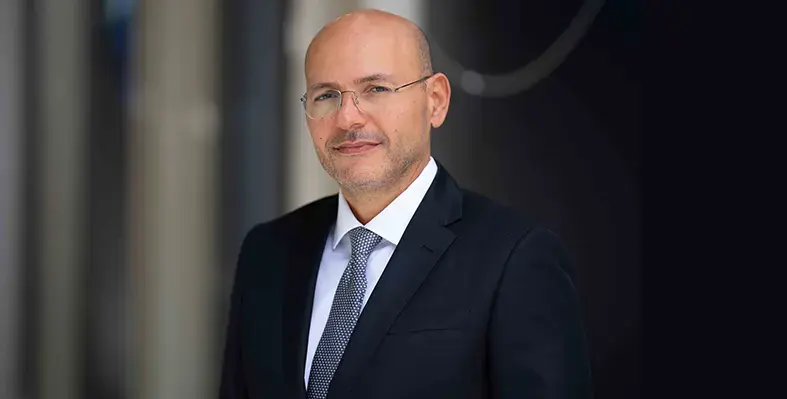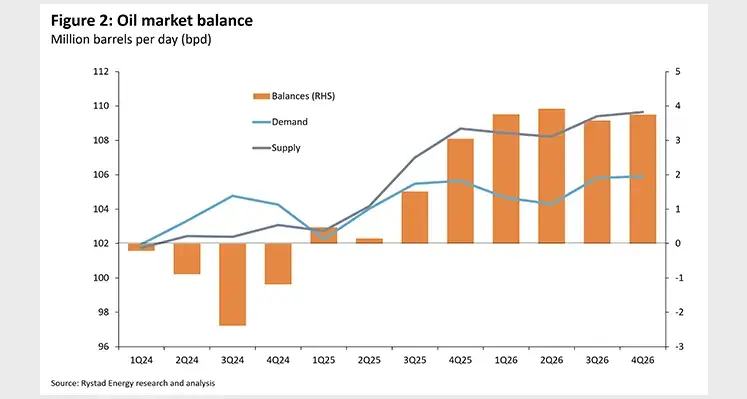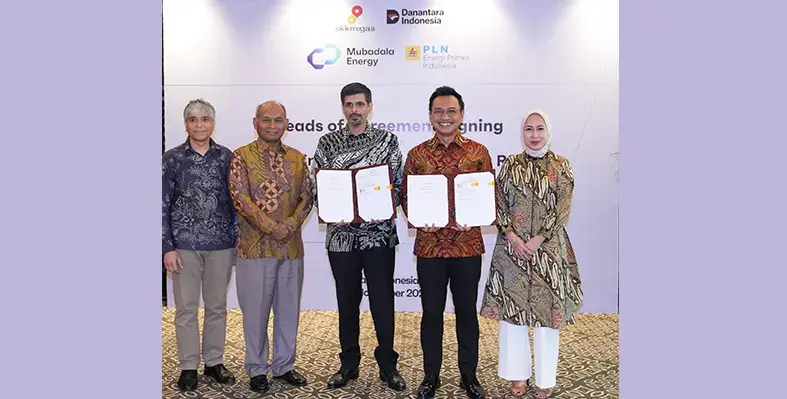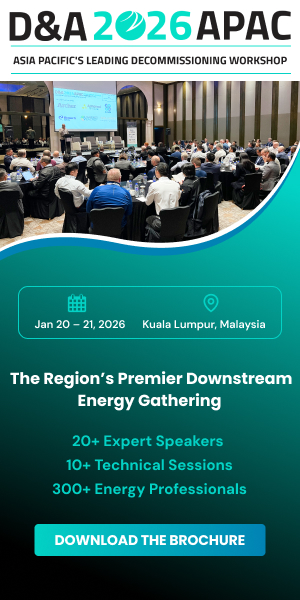Industrial AI software provider, IFS, and PwC UK have released a new whitepaper titled, 'The Intelligence Behind Sustainability: Industrial AI's Critical Role in Decarbonisation', exploring the significance of Industrial AI in decarbonising asset-intensive industries
The whitepaper explains ways in which the industrial world can leverage AI for sustainability and operational efficiency across heavy and hard-to-abate sectors. Such industries account for approximately 40% of total global greenhouse gas emissions.
This report follows IFS' research, 'The Invisiblem Revolution' (2025), which found that industrial AI adoption is accelerating rapidly and 86% believe AI will play a primary role in meeting environmental goals from energy efficiency and emissions reporting to CO₂ management.
"We're seeing Industrial AI fundamentally change how organizations approach sustainability," said Sophie Graham, chief sustainability officer at IFS. "Our customers are using AI to optimize everything from field service routes to production scheduling, and the results are tangible: less waste, lower emissions, and stronger operational performance. At IFS, we're committed to deploying AI solutions that help our customers achieve their sustainability goals while building more resilient, competitive operations."
"AI holds transformative potential for industrial and hard-to-abate sectors, guiding us towards net zero outcomes with innovative precision. However, as AI-driven solutions illuminate our path, we must also manage their energy demand responsibly. Harnessing this dual opportunity to lead with sustainability and efficiency will be at the forefront of industry evolution," said Leigh Bates, partner at PwC.













